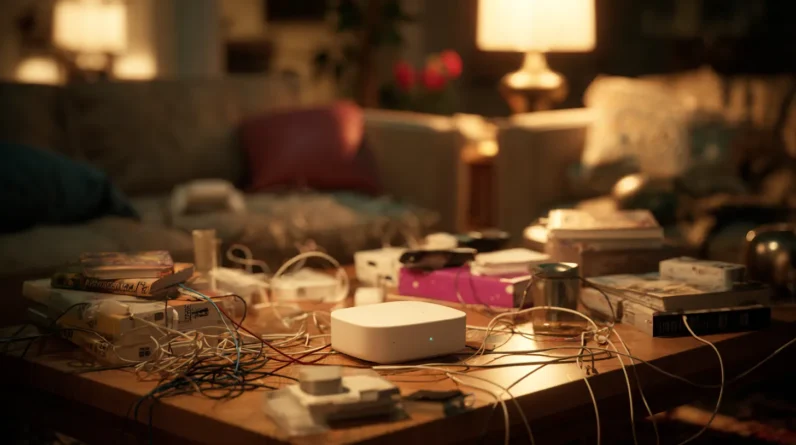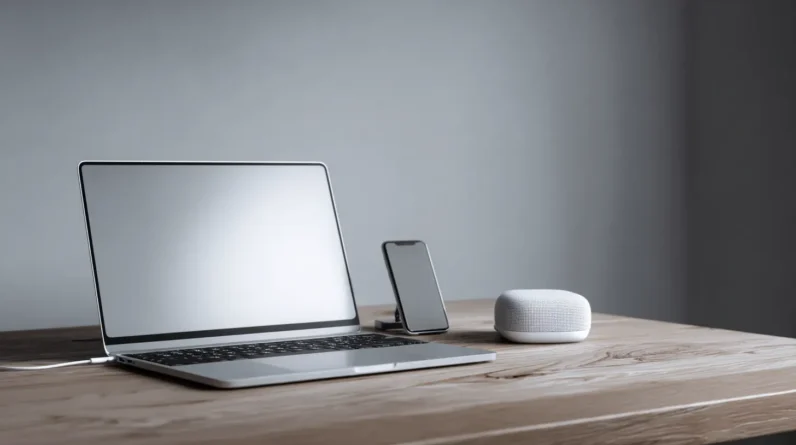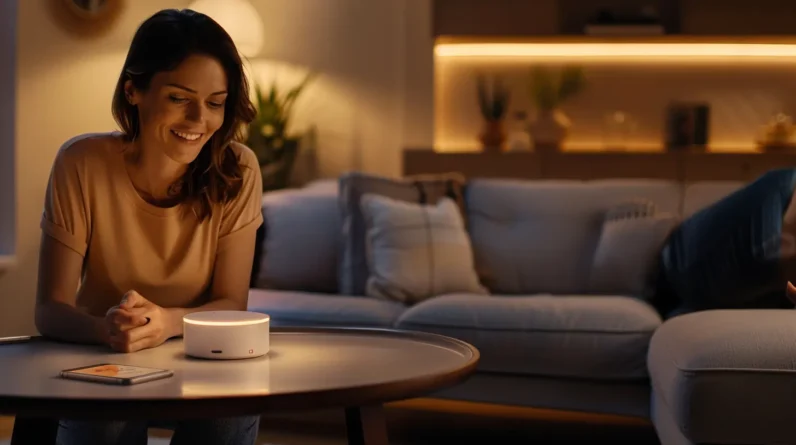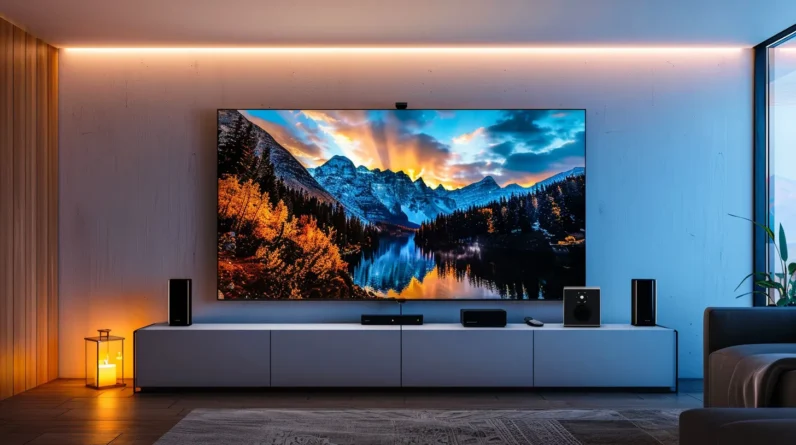
We recognize that making smart devices more accessible for seniors is essential. By simplifying user interfaces, enhancing accessibility features, and integrating voice-controlled assistants, we can create a more inclusive digital world. Through thorough support and ergonomic design, we aim to empower seniors in their use of technology. Join us as we explore how these strategies can greatly improve the lives of our elderly loved ones.
Understanding the Unique Needs of Senior Users
When designing smart devices for seniors, we must first understand their unique needs and challenges. Many seniors may have limited digital literacy, so it’s essential that we create devices that are intuitive and easy to navigate. We should actively seek user feedback from seniors throughout the design process to guarantee we’re meeting their needs. By understanding the specific challenges faced by older users, such as declining vision or reduced manual dexterity, we can develop smart devices that are accessible and user-friendly. Let’s prioritize empathy in our design process and create technology that truly enhances the lives of seniors.
Simplifying User Interfaces for Enhanced Usability
The user interface of smart devices plays an essential role in their accessibility for seniors. By focusing on icon clarity and intuitive navigation, we can make these devices much easier for older adults to use. Large, clearly labeled icons help seniors quickly identify the functions they need, while a logical layout guarantees they can navigate through menus without confusion. Simplifying the user interface removes barriers that might otherwise discourage seniors from adopting new technologies. When we prioritize usability in design, we empower older adults to confidently explore the digital world, connecting them with loved ones and opening up new possibilities for engagement and enrichment.
Enhancing Accessibility Features for Vision and Hearing Impairments
Many smart devices already come equipped with features designed to assist users with vision and hearing impairments, but we must guarantee these features are both sturdy and intuitive for seniors. Screen magnification is an important tool that should be easily adjustable to accommodate various levels of vision loss. We need to make certain that the enlarged text and images remain clear and legible, so seniors can navigate their devices without strain. Additionally, audio descriptions are vital for conveying visual information to those with severe vision impairments or blindness. These descriptions should be thorough, yet concise, enabling users to quickly grasp the content without overwhelming them with excessive detail. By enhancing these features, we can greatly improve the accessibility of smart devices for our elderly loved ones.
Integrating Voice-Controlled Assistants for Effortless Interaction
As we explore ways to make smart devices more accessible for seniors, integrating voice-controlled assistants becomes an essential step. We realize that interacting with technology can sometimes feel overwhelming, but voice assistants alleviate this by providing an intuitive way to communicate. By leveraging advancements in voice recognition accuracy and natural language processing, these assistants can comprehend various speech patterns, accents, and even subtle nuances in phrasing. This means that seniors can effortlessly navigate their devices, access information, and control smart home functions using simple voice commands. Let’s make technology a seamless part of daily life for seniors, ensuring they feel empowered and connected.
Providing Comprehensive Support and Training Resources
Thorough support and training resources form the backbone of our approach to make smart devices accessible for seniors. We recognize that adopting new technology can be intimidating, so we’re here to help every step of the way. Here’s how we make it easier:
- Training Workshops: We offer hands-on sessions where seniors can learn at their own pace, guided by patient instructors who understand their unique needs.
- Online Tutorials: For those who prefer learning from home, our online tutorials are designed to be clear, concise, and easy to follow, ensuring that help is always just a click away.
- Dedicated Support Line: Our support team is trained specifically to assist seniors, offering patience and understanding to make sure every question is answered thoroughly.
Designing Ergonomic Devices for Comfort and Ease of Use
While we’ve guaranteed extensive support is available, we also understand that the design of the devices themselves plays an essential role in making technology more accessible for seniors. That’s why we’re focusing on creating ergonomic devices that are comfortable and easy to use. We’re using adaptive materials that feel natural in the hand and intuitive layouts that make navigation a breeze. Buttons and screens are thoughtfully placed to minimize strain, and we’ve confirmed that text and icons are large enough to read without squinting. Our goal is to create devices that feel like an extension of the user, so seniors can enjoy the benefits of technology without frustration.
Conclusion
As we’ve seen, making smart devices more accessible for senior users is essential. With over 54% of seniors using smartphones, it’s clear they want to stay connected. By simplifying interfaces, enhancing accessibility features, integrating voice assistants, providing support, and designing ergonomic devices, we can empower older adults to use technology with ease. Let’s continue to innovate and create solutions that bridge the digital divide for seniors, ensuring they can fully participate in our increasingly connected world.







